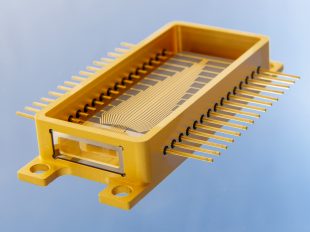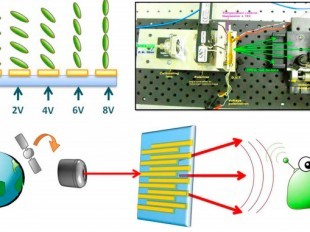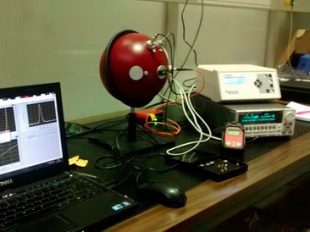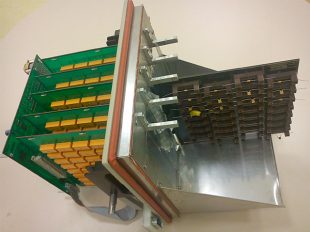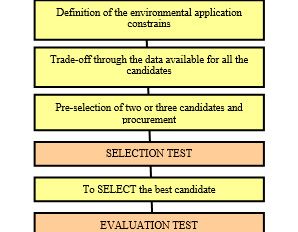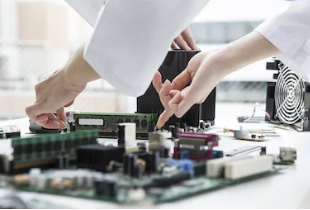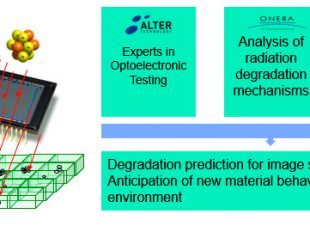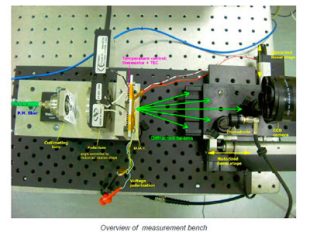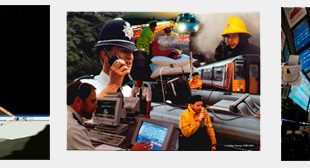There are well-known advantages to using these photonic technologies in space, such as the limited generation of noise, electromagnetic immunity,
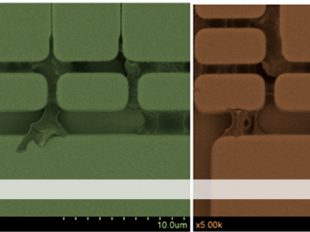
Surface contamination involving micrometric particles, microbiological agents, molecular adsorbate and others, represent a significant hazard in many areas of industry. For instance, a high level cleanliness is a critical requirement that any EEE device has to fulfil at any...


